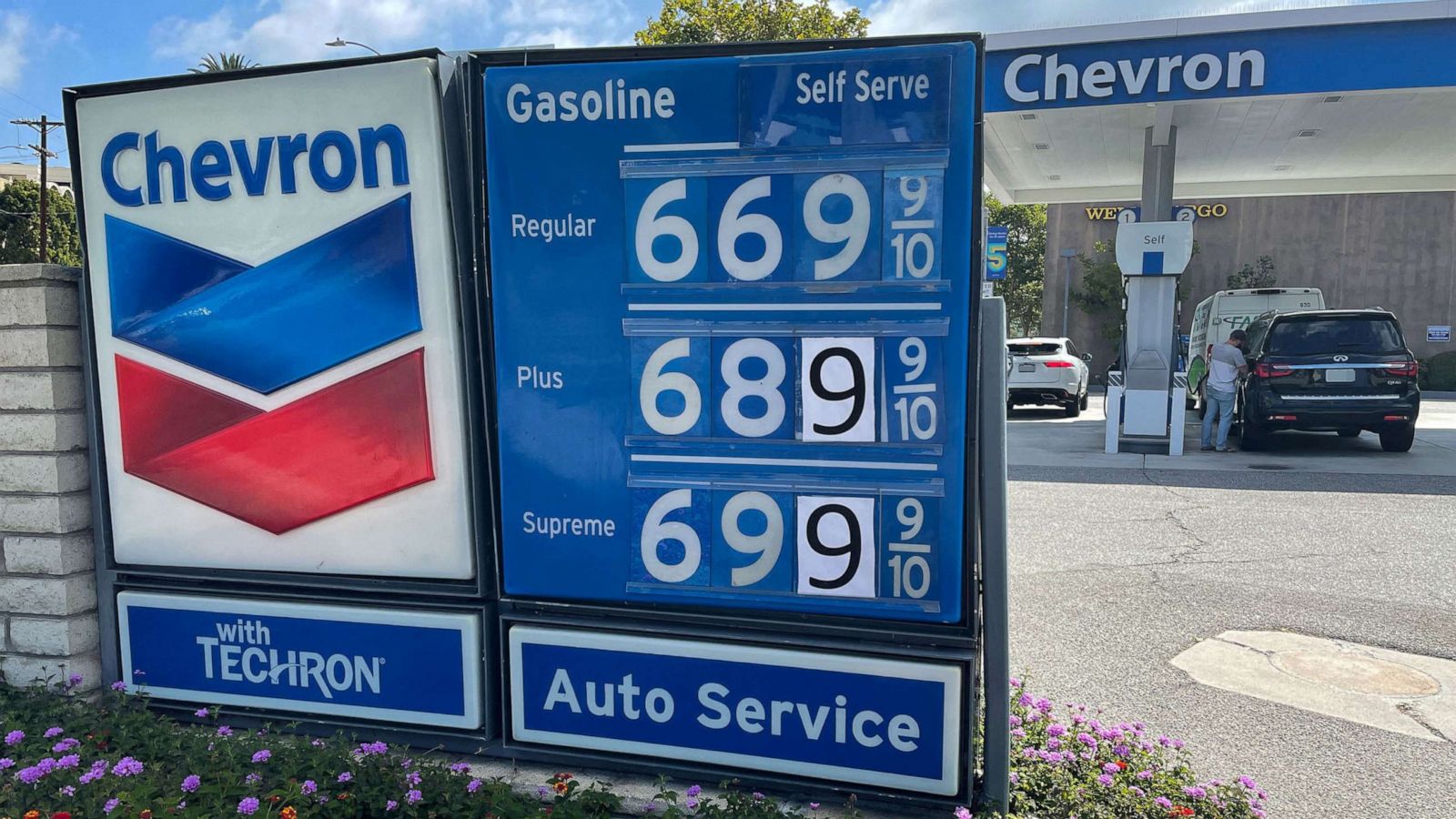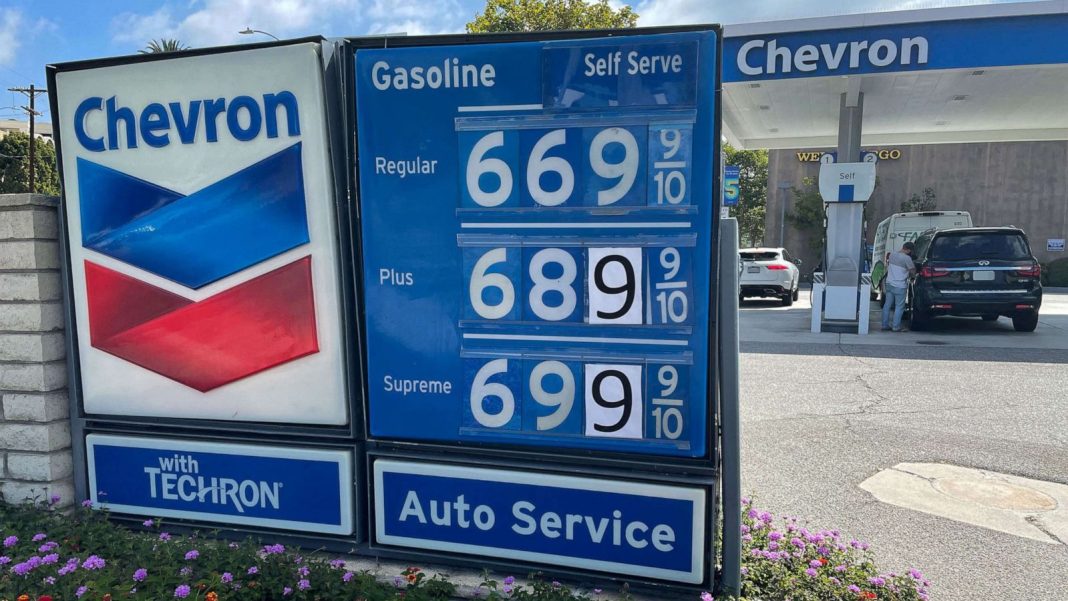 Gas prices have been a concern for many Americans, especially as the summer driving season approaches. In an effort to curb these prices, the federal government recently completed the sale of 1 million barrels of gasoline from the Northeast Gasoline Supply Reserve (NGSR). The government had previously announced that it would release 42 million gallons of gas from storage facilities in Maine and New Jersey to help lower pump prices.
Gas prices have been a concern for many Americans, especially as the summer driving season approaches. In an effort to curb these prices, the federal government recently completed the sale of 1 million barrels of gasoline from the Northeast Gasoline Supply Reserve (NGSR). The government had previously announced that it would release 42 million gallons of gas from storage facilities in Maine and New Jersey to help lower pump prices.
The sale of the gas reserves was awarded to five companies: BP, Vitol, Freepoint Commodities, George E. Warren, and Irving Oil. These companies will play a crucial role in ensuring that sufficient supply flows to the northeast during the busy summer driving season. The gas reserves were sold at an average price of $2.34 per gallon.
The release of the gas reserves is just one of the measures taken by the Biden-Harris Administration to lower prices for American consumers. According to Energy Secretary Jennifer Granholm, this action is part of a broader strategy to address inflation and ensure that Americans can afford essential goods and services. Granholm highlighted other actions taken by President Biden, including historic releases from the Strategic Petroleum Reserve, record energy production, and significant investments in clean energy.
While gas prices have come down nearly 20 cents in the last two months, there is still more work to be done. National Economic Advisor Lael Brainard emphasized the need to continue lowering prices at the pump. The American Automobile Association (AAA) reports that gas prices are currently around $3.49 per gallon, which is 5 cents lower than a year ago.
However, there are concerns that gas prices could start ticking higher due to the increase in crude oil prices. U.S. crude recently topped $83 a barrel on the New York Mercantile Exchange. This increase is driven by various factors such as geopolitical tensions, anticipation of interest rate cuts by the Federal Reserve, an active hurricane season, and tight international energy markets.
The latest data from the Energy Information Administration (EIA) shows that gasoline demand has decreased compared to the same period last year. Despite this, gas prices have soared by 55 percent since January 2021, while oil prices have surged by 66 percent.
To address these concerns, the federal government has tapped into its emergency oil stockpiles in the past. President Biden drew down 180 million barrels of oil following Russian President Vladimir Putin’s invasion of Ukraine. The White House estimates that this action reduced gas prices by about 80 cents.
The Northeast Gasoline Supply Reserve was created in 2012 by President Barack Obama after Hurricane Sandy devastated refineries in the region. Recent figures from the EIA show that domestic gas inventories have decreased by over 3 percent compared to three years ago.
The Strategic Petroleum Reserve (SPR) is currently around 40 percent lower than it was in January 2021. However, the U.S. government has been gradually refilling the reserves since hitting a bottom in July 2023. As of June 21, the SPR was at its highest level since December 2022.
The White House has faced challenges in replenishing the SPR. In April, the Department of Energy canceled a 2.8-million-barrel offer to refill a storage facility in Louisiana. However, Energy Secretary Granholm has indicated that the administration could increase the pace of offers to replenish reserves beyond the current rate of 3 million barrels per month.
The Strategic Petroleum Reserve was established in 1975 to mitigate the impact of disruptions in global petroleum markets. The reserve can be used during emergencies, energy interruptions, or supply troubles. With the world’s largest economy consuming around 20 million barrels of oil per day, the current reserves would only last for about 18 days if production ceased.
In conclusion, while the sale of gas reserves from the Northeast Gasoline Supply Reserve is a step towards curbing gas prices, there is still more work to be done. The Biden-Harris Administration is committed to implementing measures to lower prices for American consumers. However, the increase in crude oil prices poses a challenge and could lead to higher gas prices in the future. Replenishing the Strategic Petroleum Reserve is an important step in ensuring energy security and stability in the face of potential disruptions in global petroleum markets.


